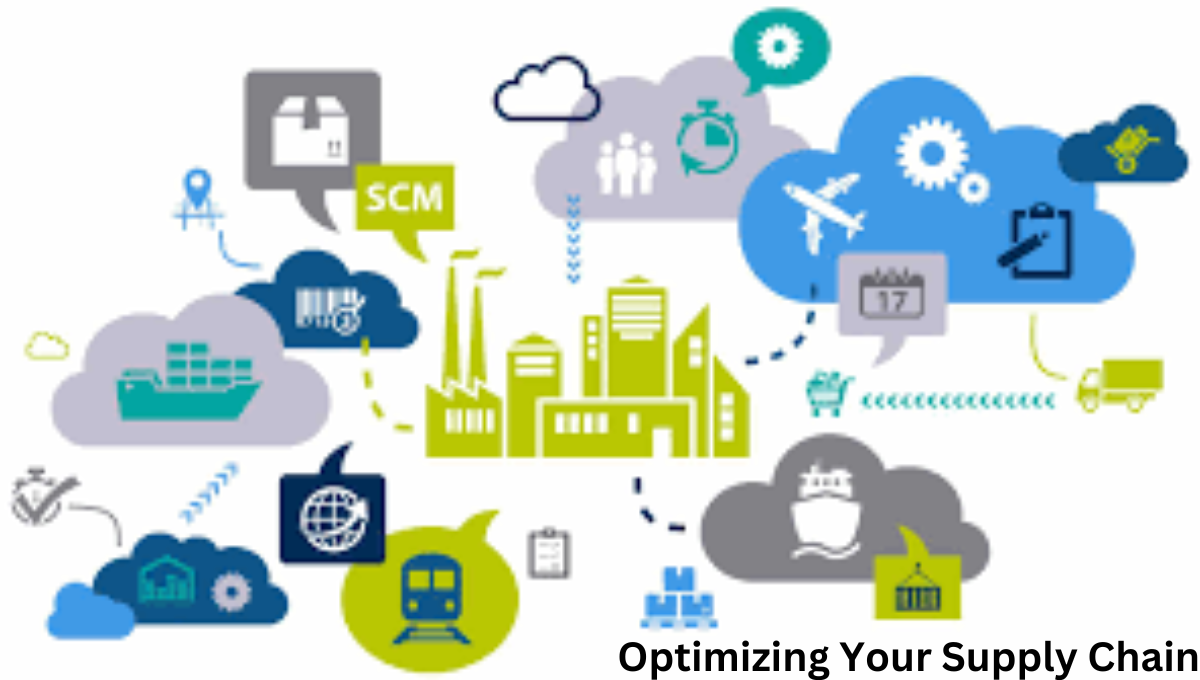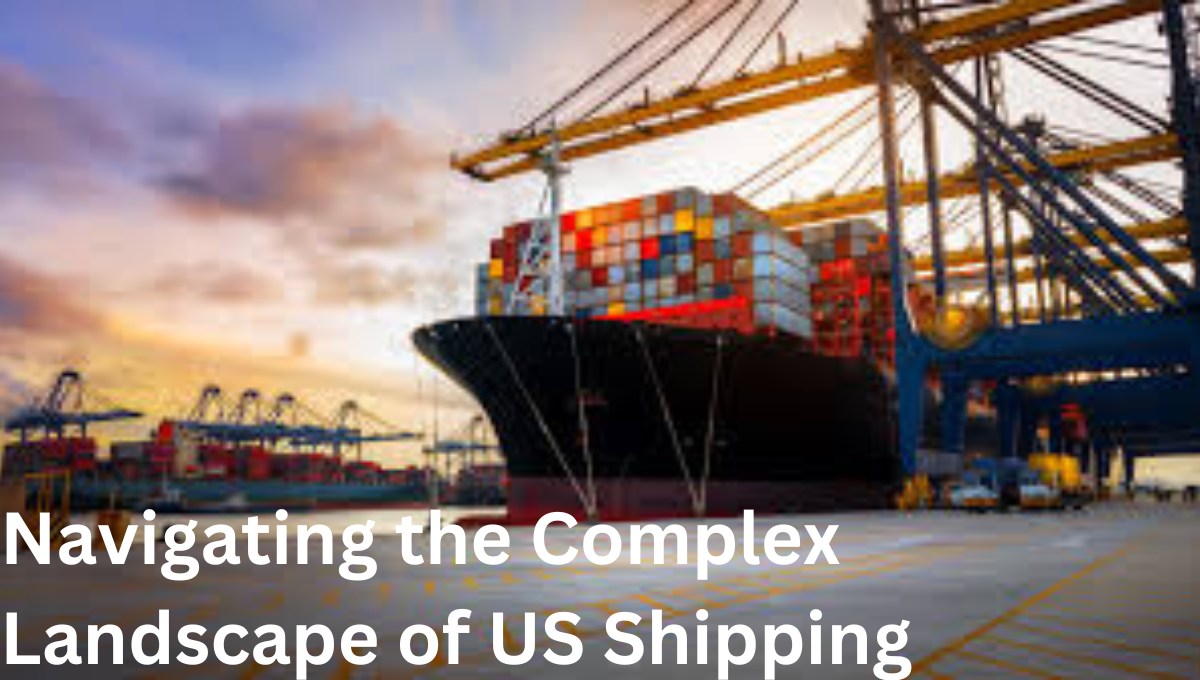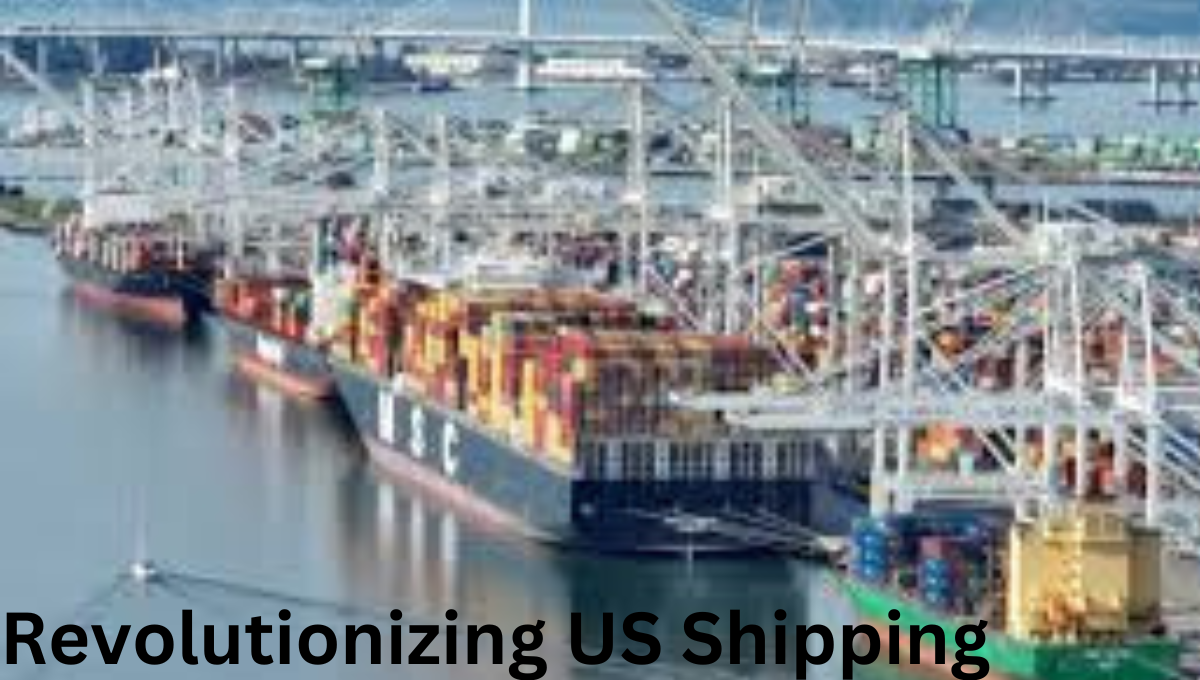Count Your Success: Exploring the Top Jobs for Accountants
In the world of finance, accountants play a critical role that goes far beyond just balancing books and managing taxes. Accounting has evolved into a multifaceted profession offering numerous rewarding career paths for both aspiring and experienced professionals. From forensic accounting to executive-level roles like CFOs, accounting careers are rich with opportunities to grow, specialize, … Read more



